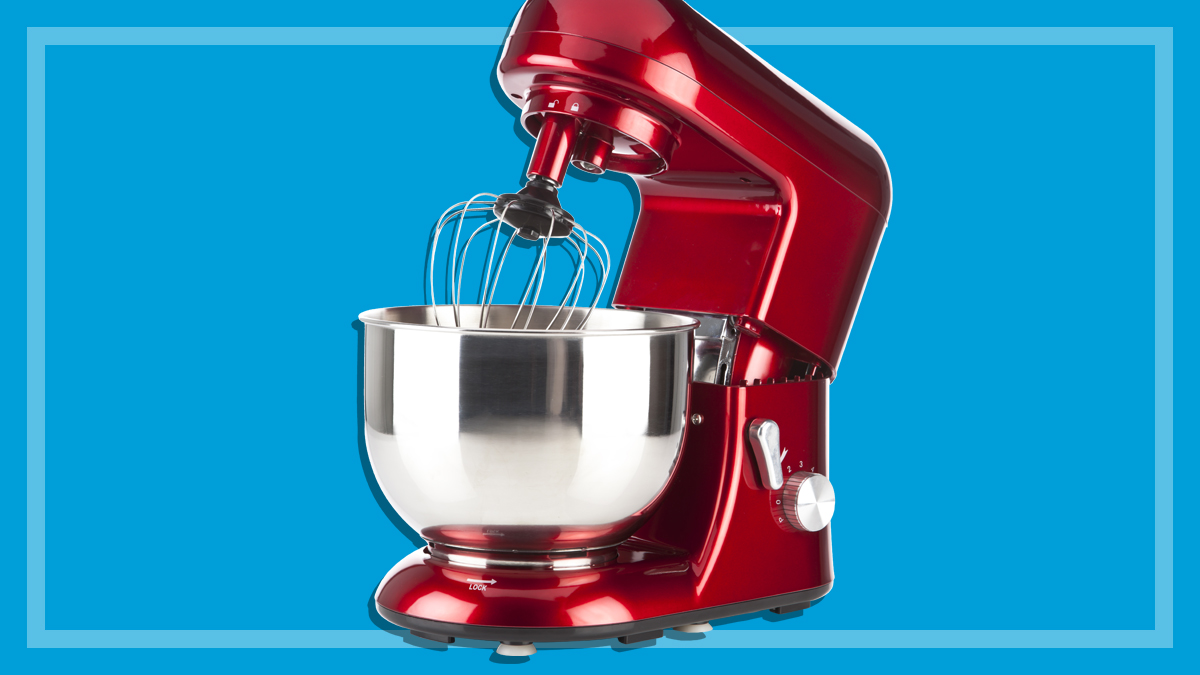Get our independent lab tests, expert reviews and honest advice.
How to buy the best hand mixer

A hand mixer is a useful appliance that’ll help you do a range of tasks with ease, without the need to fumble in the cupboard for a full-sized mixer.
On this page:
Here are our tips on why you might want one, what you should look for, and how to use safely.
Why use a hand mixer?
For the occasional baker who may need to whisk eggs, whip cream and mix cake batter every now and then, a hand mixer would be a better option than a full-sized stand mixer.
It’s handy to have if you store your bench mixer in the cupboard and only bring it out for batch cooking. But if you’re a keen baker, then having both is worthwhile.
A hand mixer is:
- small, and takes up less bench and storage space than a mixer
- relatively cheap
- lightweight
- easy to use and clean.
It’s worth investing in a good quality, well-made hand mixer. A slightly rounded, narrow bowl is needed to get the best result as you can move the beaters around the bowl to ensure a more even mix.
How much do hand mixers cost?
The models in our most recent hand mixers review range in price from $15 to $199. But price wasn’t necessarily an indicator of quality – there were both cheaper and higher priced models that rated well, or otherwise.
Features to look for
Weight
A hand mixer that’s too heavy is uncomfortable to hold, and one that’s too light will give you little control, so look for something in-between.
Handle
The handle should be comfortable with a non-slip grip.
Attachments
These need to be a good length, as shorter beaters will restrict the size of the bowl you can use. Beater attachments are all you’ll need – whisks and dough hooks don’t necessarily provide better performance.
Dishwasher-safe attachments
These are much easier to clean than those you can’t put in the dishwasher.
Controls
Controls should be easy to access, and speed settings should be smooth to change. With stiff controls you might accidentally push to high speed when only low is needed, which could result in egg on your face, literally!
A range of speed settings
You need a low speed for folding and combining ingredients to avoid splattering, and high speed for whisking egg whites and cream. Five speeds are probably the most you’ll need, so don’t get too excited about any more than that.
Pulse
A pulse function allows you to remove excess mixture from the beaters.
Boost
A boost function provides a quick burst of power.
Stability
A hand mixer should be able to stand upright without the cord getting in the way or tipping over.
Using a hand mixer safely
Hand mixers can only handle short periods of mixing before they overheat, so to ensure your hand mixer lasts, avoid mixing heavy batters and doughs for more than three minutes at a time.
Mixing for longer periods can also place strain on your hand and wrist as you’ll have to hold and move it around the entire time you’re using it.





